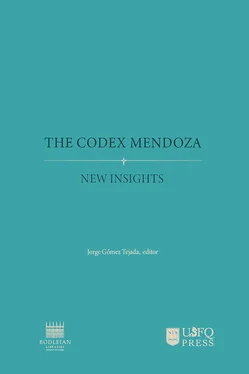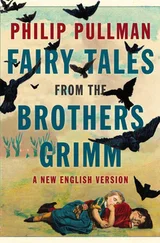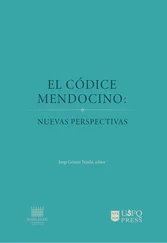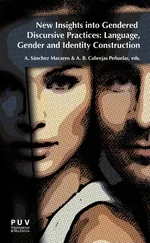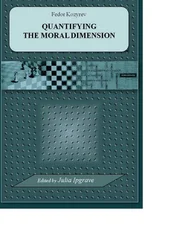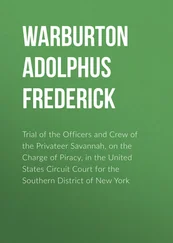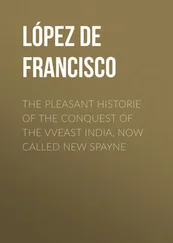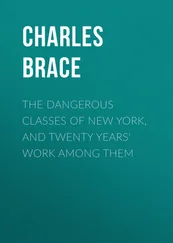One last piece of evidence regarding the 1553 date comes from the Codex Mendoza itself. In his report on the paper and binding of the Codex Mendoza, Bruce Barker-Benfield (Chapter 3 of this volume) proposes that the paper with which one of the folios onto which Thevet stamped his signature dates from the 1570s. Even if Thevet does not write down a specific date in this folio, the very gesture of signing the manuscript over and over again between the 1550s and 1570s marks the action as part of the process of autobiographical revisionism that Lestringant identifies. This same process can be patently observed in Münster’s Universal Cosmography, with its two dates of 1562 and 1558. Considering this and the second hypothesis for the Codex Mendoza’s itinerary vis-à-vis, we must question and problematize one of the traditionally irrefutable elements of the codex’s history: the fact that it was procured by Thevet in 1553. In order to understand the role and context of the 1553 date, it is useful to recount Thevet’s voyages between the 1540s and the 1570s.
Between 1549 and 1553 Thevet travelled through the Middle East, aided by his benefactor, Cardinal Jean de Lorraine. During his travels, Thevet joined the French Embassy in the Ottoman Empire. He returned to Europe towards the end of 1553 and, by 1554, he published his Cosmographie de Levant. That very same year, Thevet was appointed chaplain to Vice-Admiral Nicolas Dourand de Villegaignon. Thevet accompanied him in an expedition that would come to be known as the “France Antarctique,” through which France sought to invade Brazil in an attempt to launch a colonial campaign in the New World. The mission, which Thevet chronicled in his Singularites de la France Antarctique (1574), was a failure. By 1559, Thevet was back in France. In 1559, he secured the courtly position of chaplain to Queen Catherine de Medici, mother of Elizabeth of Valois.14 Both Lestringant and Nicholson have noted that Thevet developed a close relationship with the queen, from whom he received all sorts of presents and curiosities that could contribute to his work as cosmographer. Some of these, according to Thevet’s remembrance registered in his Grande Insulaire, could have been Mexican manuscripts and may have included the Codex Mendoza.
The possibility that the Codex Mendoza might have come to Thevet not by way of pirates, but as one of many gifts that the queen bestowed upon him during his years of service, takes away from the romantic aura and the status of treasure that the manuscript has achieved over the course of the past four centuries. This hypothesis allows for the possibility that the Codex Mendoza did indeed reach Spain; if this were true, then the codex can be inserted into a wider context. Furthermore, although it is hard to accurately pinpoint the route, precise moment, and context in which the manuscript arrived to Spain, this possibility supports my hypothesis that the manuscript was commissioned by the surviving Mexica elite as well as its role as a document for the apology of the sovereignty of the peoples of the New World in the context of the indigenist movement of the sixteenth century. Both of these topics are explored at a greater depth in the following chapters by Barbara Mundy and me.
Between 1559 and 1592, Thevet remained in the French court and wrote several volumes on exploration, three of which are relevant to the New World in general, and two of which are relevant to the Codex Mendoza: Cosmographie Universelle (1575), Vrais pourtraits et vies des homes illustres (1584), and Grande Insulaire (1588). The contents of these books have been employed by scholars to identify the Codex Mendoza within Thevet’s bibliography. In 1971, Benjamin Keen (cited in Nicholson 1992, 5) quoted the following passage from the Cosmographie Universelle,
I have in my cabinet, engraved on two disks of ivory, or of other wild beasts, that I have recovered from the taking of a ship that came from those countries; in the middle of the said disks can be seen certain letters made like frogs, or toads, and some other animals, both terrestrial as well as aquatic, around the said letters.
As Nicholson (1992, 5) has already noted, while Thevet’s passage describes Mexican objects from his personal collection, it is highly unlikely that one of these was the Codex Mendoza. However, in his Vrais pourtraits, Thevet does reference Mexican manuscripts that hint to the Codex Mendoza,
I will confess that the Mexicans. In order to express their ideas, use characters resembling divers terrestrial and aquatic animals and the head, feet, arms, and other limbs of a man, just as the Egyptians and Ethiopians did formerly in their hieroglyphic letters—a subject which I have treated amply in my Cosmography. Two such books I have by me, written by hand in the city of Themistitan, and filled with their characters and figures and the interpretations of them. (5)
When considered alongside the previously quoted excerpt from Grande Insulaire, this passage seems to refer not only to the Codex Mendoza, but also to at least one more Mexican manuscript in his possession. It is both more important and baffling that both texts were written in the 1580s, which indicates that Thevet planned to publish the Mexican manuscripts he owned in the near future. Nevertheless, by 1587, as is suggested by the English inscription in the flyleaf immediately before folio 1r which reads “d. yourselfe in gold rydinge to londen ye 7th of september 1587/v,” it seems clear that the Codex Mendoza was no longer in Thevet’s possession. It had found a new owner, English geographer Richard Hakluyt.
A notably capable man, Richard Hakluyt remained in Paris between 1583 and 1588. A cleric by training, Hakluyt’s wide range of activities encompassed everything from the secretaryship to Sir Edward Strafford to translation, chaplaincy, authorship of political texts, and, probably, espionage. As a matter of fact, we know that during his mission to France, he had been deputed by Sir Francis Walshingham and Sir Robert Cecil to procure as much information as he could concerning the Spanish and French courts and their ultramarine enterprises. The goal of this information gathering was to ascertain whether an English colonization of the New World was possible (Hakluyt 1850, sec. Introduction).
Between 1583 and 1586, Hakluyt wrote several works that underscored what the New World could offer England. Noteworthy among these are A Discourse on Western Planting (1584) and a translation of Pedro Martyr of Anghiera’s De Orbe Novo Decades Octo, which Hakluyt ([1584] 1993) dedicated to Sir Walter Raleigh.15 It was in this period that Hakluyt met Thevet and received from him the Codex Mendoza. In Nicholson’s opinion, the quoted phrase “d. yourselfe in gold rydinge to londen ye 7th of september 1587/v” indicates not only that the Codex Mendoza had switched owners but that, by then, the manuscript was in London or making its way to England. Hakluyt returned to England in 1588 and from his arrival onwards he devoted himself to promoting an English colonization of the New World. However, there is no reference to or material derived from the Codex Mendoza in any of his works. After Hakluyt’s death in 1616, Samuel Purchas collected his papers, amongst them the Codex Mendoza, which he published in 1625. This publication turned it into the most widely circulated and most commonly translated Mexican manuscript of the following two centuries.
At this moment, we return to the beginning of this discussion. The precise circumstances for the Codex Mendoza’s arrival in Europe are still a mystery and, rather than pursue certainty, it behooves us to embrace the possibility that the manuscript’s initial trajectory might have included a stay at the Spanish court. As I have suggested elsewhere and reiterate throughout this volume, the contents of the manuscript might have been aligned with the indigenist movement spearheaded by Bartolomé de las Casas (Gómez Tejada 2012, 269–306; 2018). Beyond being a viceroyal commission or a report, its raison d’être might be as an apology of the pre-Columbian world and as a demonstration of its just and legitimate government and social structure. This would have thus set the stage for the role that both Clavijero and Kingsborough bestowed upon it in subsequent periods marked by emancipatory politics.
Читать дальше
